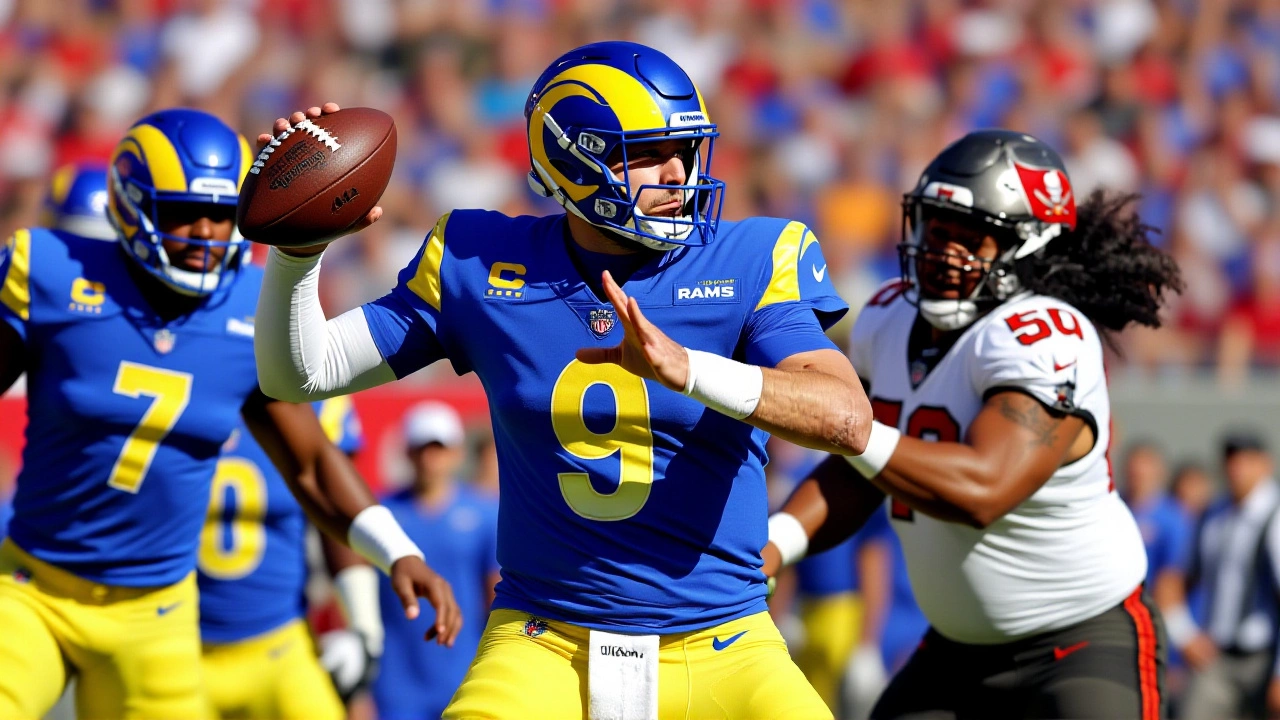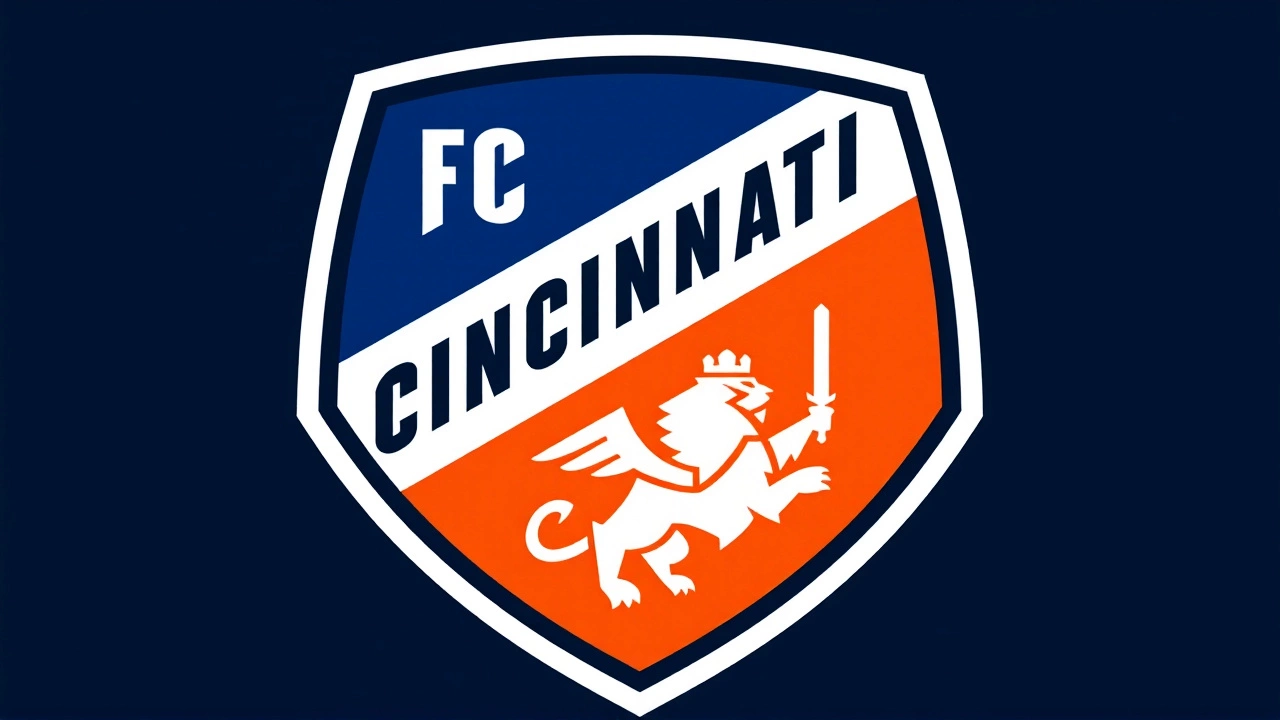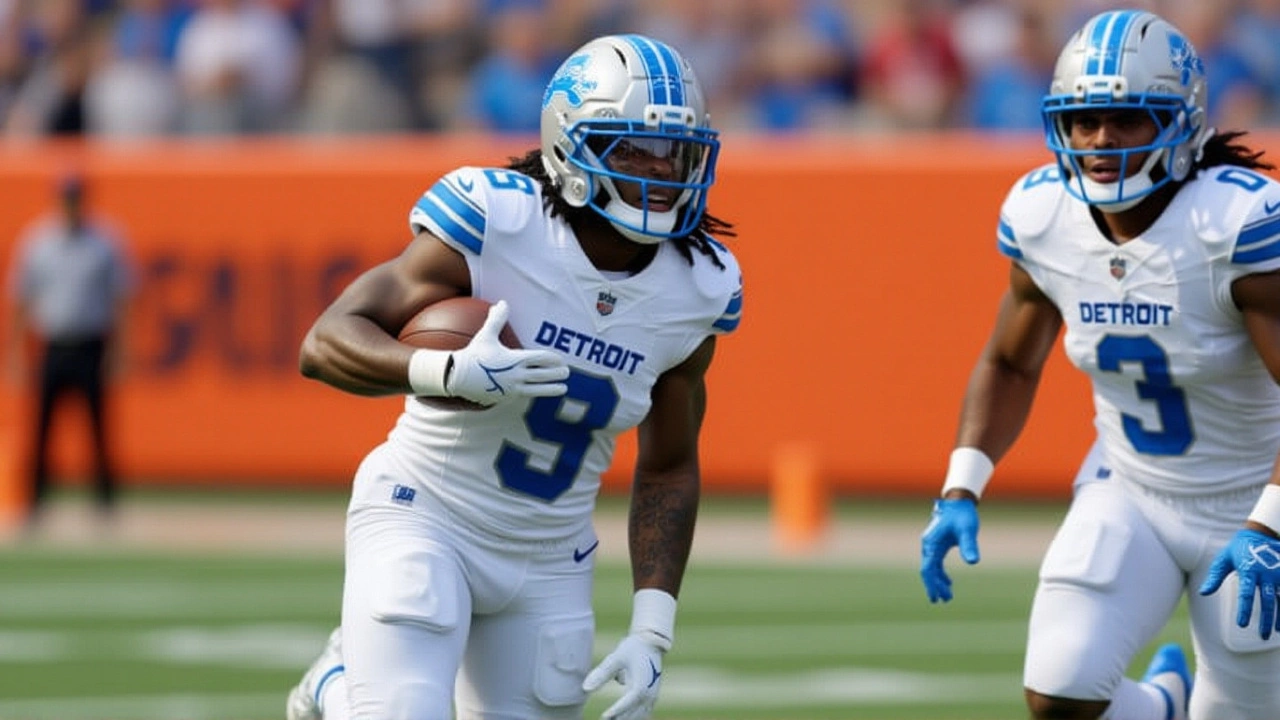Welcome to Carmageddon Rally Mayhem
Looking for the fastest updates on rally racing? You’re in the right place. We bring you fresh news, event recaps, and behind‑the‑scenes looks at the sport that fuels your adrenaline.
Latest Rally News
From off‑road heroics to the newest car specs, our posts cover everything that matters. Want to know why rally cars love the handbrake or if FWD can survive a mud‑filled stage? Check out our quick guides that cut the fluff and give you real tips you can use on the track.
Join the Thrill
Join a community that talks the same language – gear shifts, pace notes, and roaring engines. Share your own experiences, ask questions, and get advice from seasoned drivers. Whether you’re a teen just starting out or a veteran looking for the next challenge, our forum is the place to get motivated.
Stick around for the latest event schedules, driver interviews, and a steady stream of high‑octane content that keeps you pumped for the next race.

Escorts in Dubai - What You Need to Know About the Reality Behind the Myths
Contrary to popular myths, escorts in Dubai are illegal and dangerous. Learn the real risks, legal consequences, and safe alternatives for social connection in the city.

Will The Real Whore Please Stand Up? The Truth Behind Dubai's Escort Scene
The escort industry in Dubai operates in silence, blending luxury with secrecy. This is not about sex-it's about control, survival, and the people behind the ads. Who's really in charge?

Best Buy Beats Earnings Expectations as Holiday Tech Demand Fuels Sales and Customer Satisfaction Surge
Best Buy beat earnings forecasts with 2.7% sales growth and rising customer satisfaction, fueled by holiday demand for AI laptops, gaming gear, and its new marketplace. CEO Corie Barry says trust, not just discounts, is driving success.

John Iman, 'Leave It to Beaver' and 'Twilight Zone' child actor, dies at 76
John Iman, child actor in 'Leave It to Beaver' and 'The Twilight Zone,' died at 76 from prostate cancer in Mukilteo, Washington. His quiet presence in 1950s TV left a lasting mark on American pop culture.

Rams Streak Continues as Defense Shuts Down Buccaneers in Sunday Night Football
The Los Angeles Rams defeated the Tampa Bay Buccaneers 17-10 in a defensive battle at SoFi Stadium, extending their winning streak to five games and crushing Tampa Bay's playoff hopes with a stifling performance led by Matthew Stafford.

George's Late 3 Seals 150-147 Win for Jazz Over Bulls in 2OT Thriller
Keyonte George hit a game-winning three with 0.8 seconds left as the Utah Jazz edged the Chicago Bulls 150-147 in double overtime, with Lauri Markkanen scoring 47 points in the NBA's highest-scoring game of the 2025-2026 season.

K. Denkey's 78th-Minute Goal Sends FC Cincinnati Past Columbus Crew in Hell Is Real Derby
K. Denkey's 78th-minute goal lifted FC Cincinnati to a 1-0 win over Columbus Crew in the 2025 MLS Cup Playoffs opener at TQL Stadium, reigniting their fierce Hell Is Real Derby rivalry in front of 25,000 fans.

FTC Wins $2.5 B Settlement Over Amazon Prime’s Secret Sign‑Ups
FTC secures a $2.5 B deal forcing Amazon to pay fines and refund $1.5 B to consumers tricked into Prime, reshaping subscription practices.

Lions vs. Chiefs: Sunday Night Showdown at Arrowhead Sparks Betting Frenzy
The Lions (4‑1) clash with the Chiefs (2‑3) at Arrowhead on Oct 12, 2025. Injuries, home advantage and sharp betting angles make this Sunday Night showdown a must‑watch.
